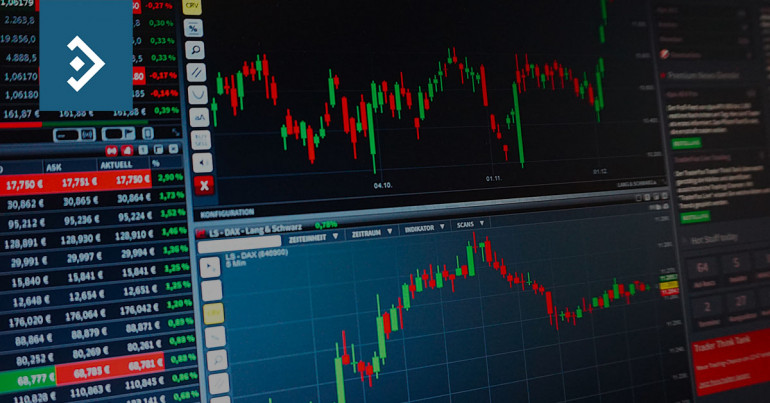
Euro falls on German data concerns
Morning mid-market rates – The majors
April 25th: Highlights
- Recovery in H2 looking less likely
- Sterling pressures by stronger dollar and Brexit impasse
- Dollar continues to gain from corporate results and Fed expectations
Eurozone recovery doubtful in 2019
The effect of the slowdown in global growth has been felt particularly in Germany as the country is heavily dependent on its export markets.
IFO’s report showed continued weakness across its three major areas despite a market expectation for a slight improvement. The current situation, expectations index, and business climate all continued to weaken, casting doubt on when the region’s industrial powerhouse will start to see a positive change.
The ECB continues to predict a pickup in activity in the second half of the year but that is beginning to be seen as more hope than expectation by the financial markets.
This week’s fall in the value of the single currency versus the dollar has been something of a double whammy. Yesterday it fell to its lowest level since July 2017 as the market saw the weakness of the economy continuing far longer than had been originally expected. The region is still receiving the benefit of the doubt that it won’t see a recession this year, so next week’s GDP data is taking on far greater significance.
Coupled with the euro’s continued fall from grace is a positive attitude towards the dollar following more positive Q1 corporate profit reports than had been originally expected.
The single currency reached a low of 1.1140 yesterday closing at 1.1155. It was under pressure for the entire day and only saw a close marginally higher than its low based upon some squaring of positions late in the day.
Considering your next transfer? Log in to compare live quotes today.
Sterling fall based on a stronger dollar as Brexit apathy continues
It is convenient to blame the ills of the currency on fears over the outcome of Brexit when it finally happens but with economic data in the UK “holding its own”, the reason for the current weakness is based upon dollar strength as fears over the U.S. economy recede (see below).
It is noticeable that the pound has, in fact, strengthened this week versus the euro. Weakness based on Brexit would be expected to hit the pound versus the single currency just as hard if not harder.
Of course, there are concerns over just how the UK will extricate itself from the EU but since the return of MPs following the Easter break, there has been nothing to suggest that anything has changed. That may have added to the general feeling of apathy but is insufficient to have encouraged traders enough to make them add to already significant short positions in the currency.
Unfortunately, the wait goes on for a definitive end or even a signal that there has been some movement in either direction. With the EU continuing to plan for a no deal Brexit, the odds on which they see at 50/50 at best, the outlook remains unchanged.
Business investment in the UK remains weak as companies hope for the best but plan for the worst. Plans to hedge currency exposures have been hit hard by the uncertainty although the longer the currency remains in a relatively tight range it is a case of the longer the extension the better.
Yesterday, Sterling fell to its lowest level in two months versus a surging dollar, reaching a low of 1.2888, closing at 1.2902. Versus the euro it rose to a high of 1.1587, closing at 1.1567.
Greenback regaining its poise
Fears over a Q1 GDP figure below the market’s worst expectation of 1.8% year on year growth have receded although that is based more on sentiment than solid data. Market estimates now put growth at 2.1% for Q1 which is a significant improvement on where they were just a week ago.
The dollar index made another high yesterday and is close to its best level in two years. It reached 98.19, closing at 98.09. It has fallen marginally overnight as, ironically, the positivity in the U.S. market led to an improvement in risk appetite in Asia which led to the selling of dollars for emerging market currencies.
The outlook for the dollar has improved markedly this week aided by continued weakness in the eurozone economy. If the gap in performance widens further and the index continues to climb towards the 100 level there will be further concerns, particularly voiced by the administration, over the competitiveness of U.S. exports. Any further guidance from the Fed on its plans may see that process accelerate.
Have a great day!

About Alan Hill
Alan has been involved in the FX market for more than 25 years and brings a wealth of experience to his content. His knowledge has been gained while trading through some of the most volatile periods of recent history. His commentary relies on an understanding of past events and how they will affect future market performance.”



